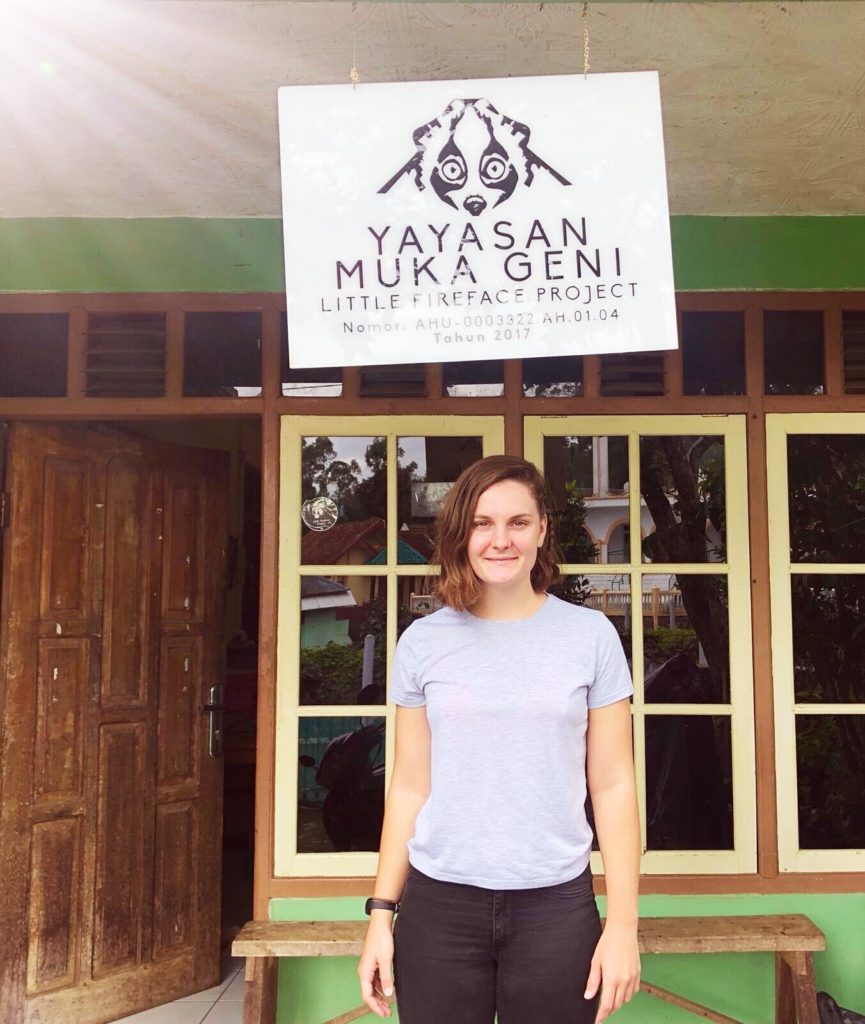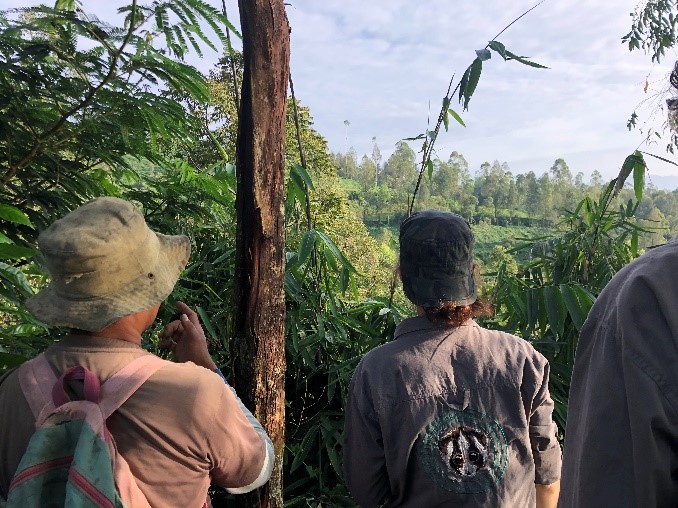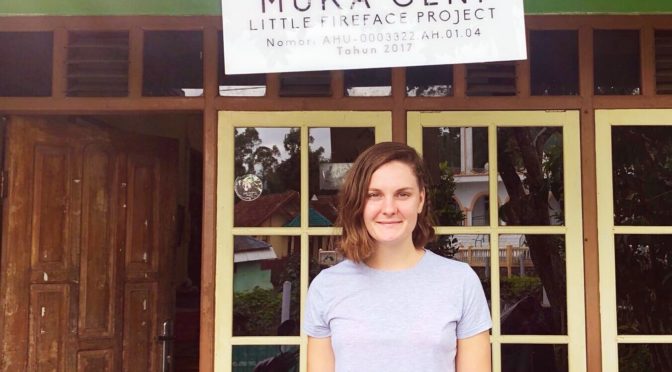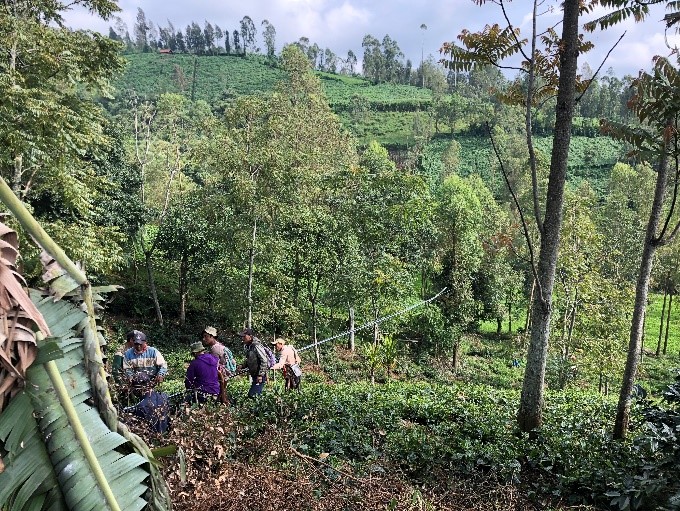It’s not always easy heading out into the world, somewhere entirely different, with new a culture, language and customs. But more often than not, the most challenging and exciting experiences are the best ones, and I guess that’s how I ended up here, at the Little Fireface project in Cipaganti, West Java.

Introducing myself
My name is Monique and I am the newest volunteer with the LFP. I have always had a special interest in the conservation of all animals, but appreciate the processes involved with conserving a species in a human dominated world. As humans, we have the unique ability to mould an environment to serve our own purpose. Unfortunately, it usually comes at the expense of that environment and the species within it.
What’s next
At the LFP, conserving the primate species called the Javan Slow Loris is at the heart and centre of the research conducted here. A major focus on the community, and involvement and education is paramount to the success of the project. Throughout my time here I am eager to learn the many aspects of what it takes to successfully run a community based project for the conservation of a species… and maybe also to try all the delicious Sudanese and Indonesian food I can fit in my belly.

My first time in the field
It hasn’t been very long since I arrived and within just the first few days I have looked at impressive camera trap data. I have seeing wild pigs and civets exploring the vegetation. I have learnt about the behavioural patterns, social cues and locomotion of slow lorises, a very important part for collecting observational data in the field. Today was particularly special, a group from the LFP headed out to watch some farmers install a 300 metre long water-bridge. These water bridges are useful to farmers as they help irrigation of crops and plantations. They are also extremely important to the slow loris, and other species, as they act as a route by which an individual can move throughout the trees without descending to the ground. It will be really interesting to see how successful this water-bridge is as an irrigation source and a bridge for animals. MONIQUE AHRENS


